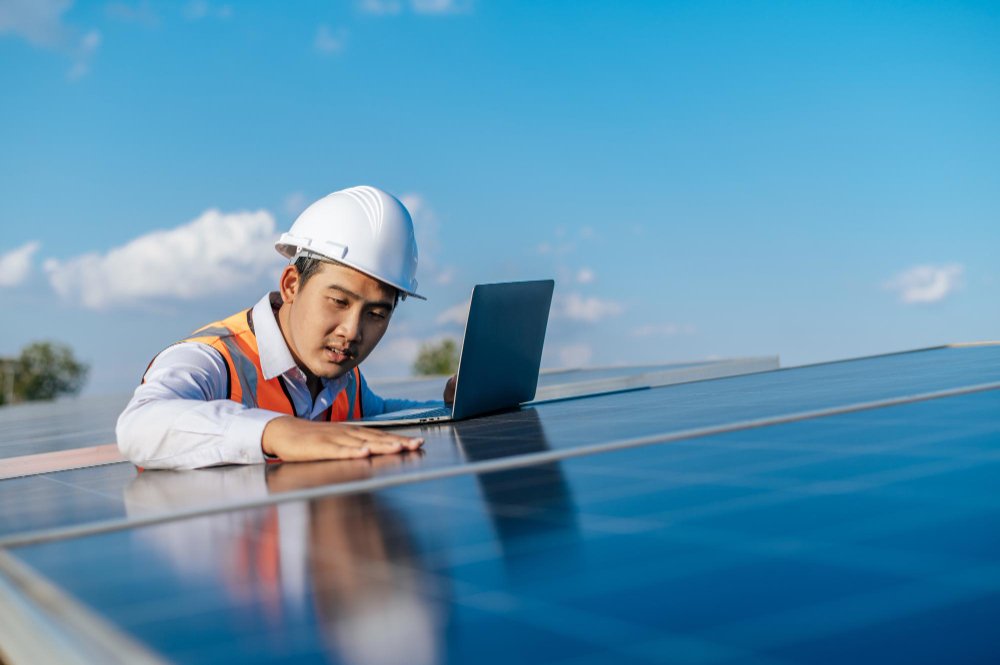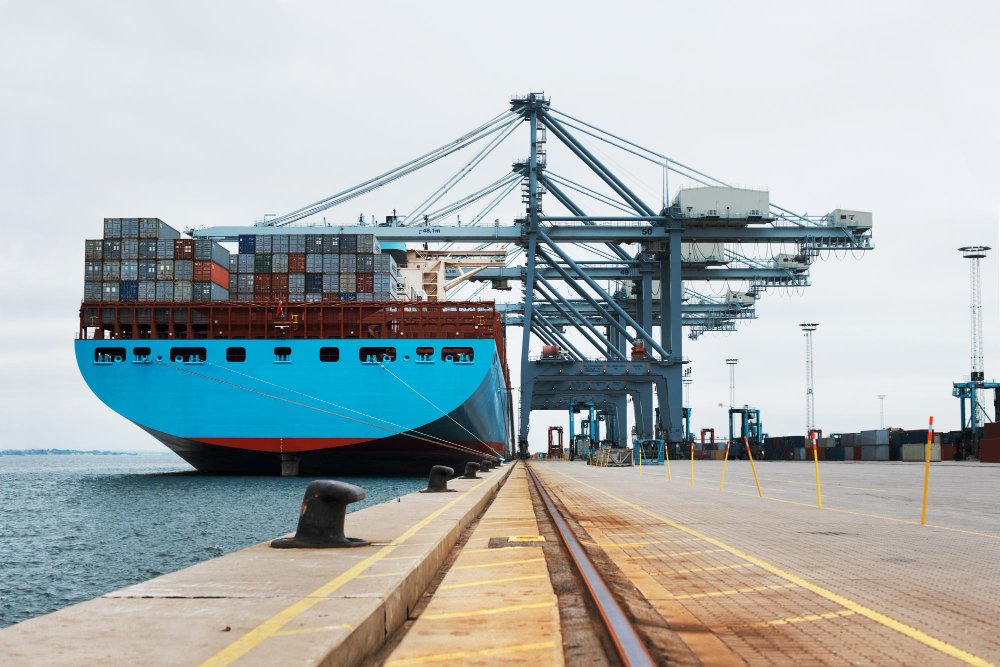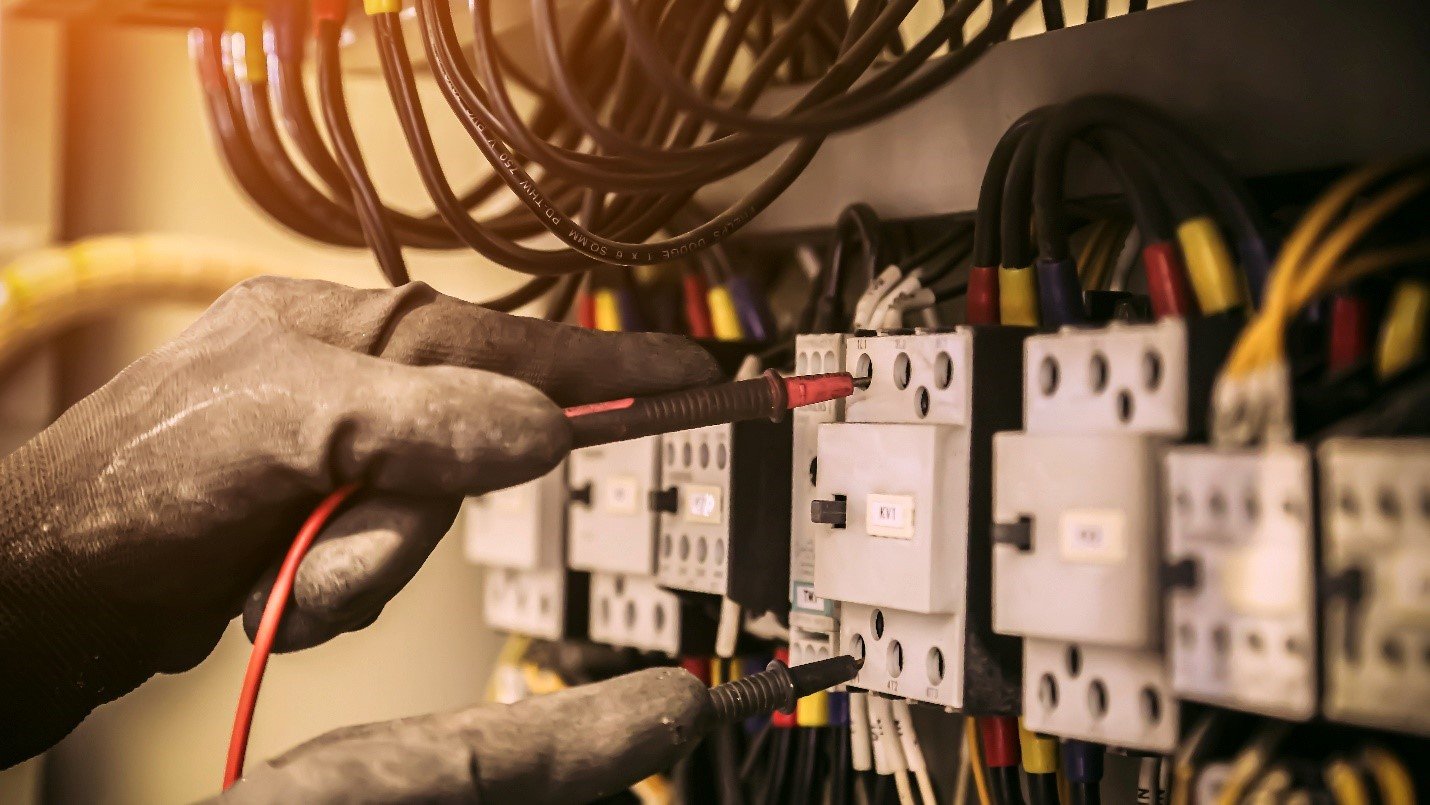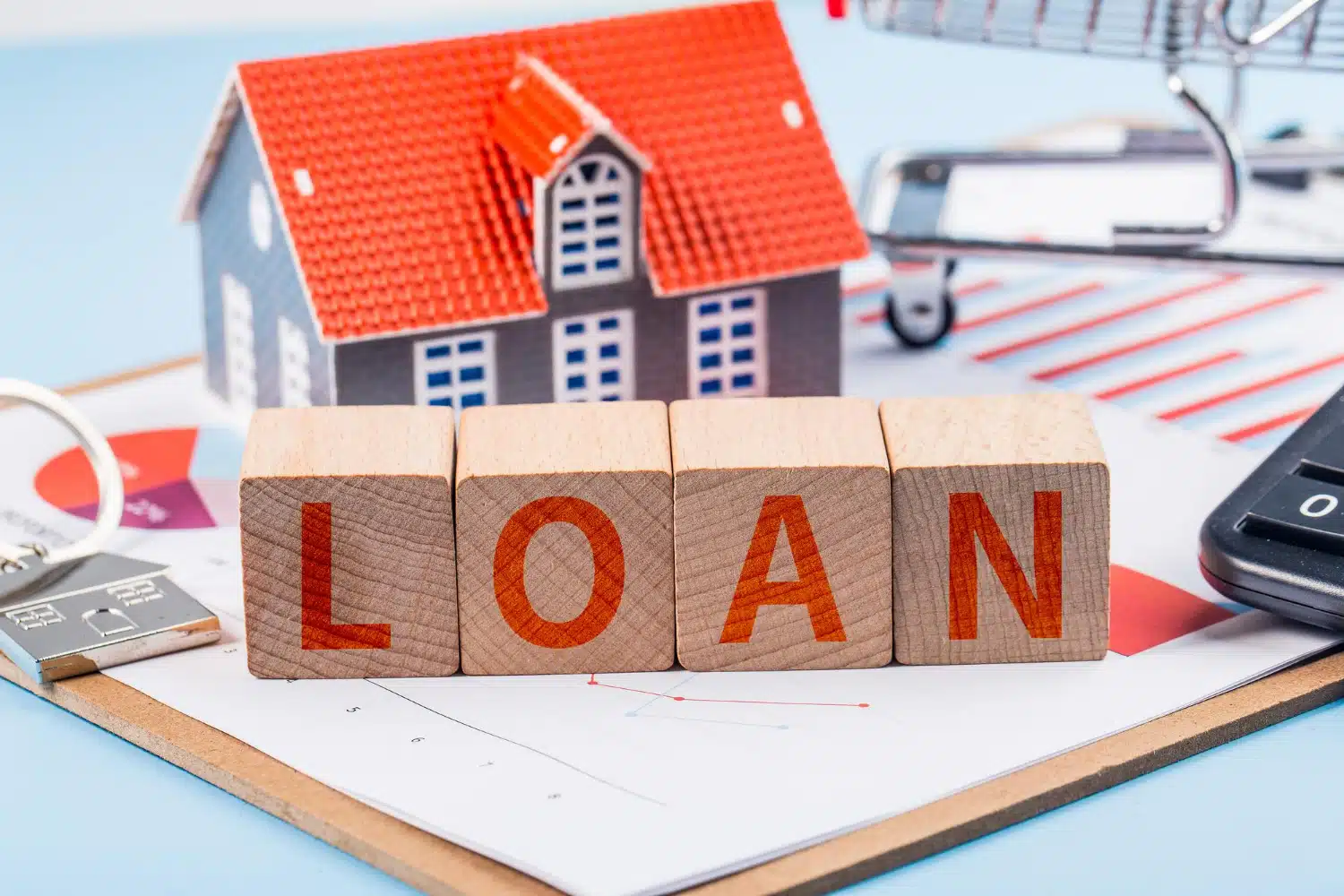Going solar is quickly becoming a very popular choice for Filipino households and businesses. Deciding to use renewable energy is a significant step toward a greener future. A main concern for many people is understanding the actual Solar Panel Cost in the Philippines. This detailed article will help you break down the expenses so you can make a smart, informed choice for your home or company. We will discuss the parts of the system, the key reasons for the investment, and the simple process of getting a system installed.
The Main Components of the System
The main part is the solar panel, which captures the sun’s natural energy. Panels are typically made from special materials like silicon that convert light into direct current, or DC, electricity. DC power is not what your home appliances can use directly. The inverter is another key component in the setup. This device changes the DC electricity from the panels into alternating current, or AC, electricity. AC power is the standard type of electricity used by all the appliances and lights in your home. The final component needed is a strong mounting system. This system securely fastens the panels to your roof, making sure they can withstand strong winds and heavy Philippine weather.
Why Do Solar Panel Costs Vary in the Philippines?
The total investment you will make for a solar setup is not fixed. The final price is based on more than just the cost of the panels. Understanding these variables is truly crucial for budgeting correctly for your new system.
Factors That Determine the System Price
The size of the system is the first major factor that heavily affects the final cost. A small residential system for a home with lower power usage will cost much less than a large commercial system for a big business. System size is usually measured in kilowatt-peak (kWp) and must be selected to match your family’s or company’s specific energy needs. The quality and brand of the main equipment also play a big role in determining the pricing. High-quality panels and inverters from good brands often have better guarantees and work more efficiently. While these premium components cost more money upfront, they consistently produce more power and have a much longer lifespan.
Understanding Installation and Service Expenses
Installation expenses are another significant part of the overall total price. The complexity of your roof structure is a major factor that contributes to this cost. For example, a steep or oddly shaped roof needs more workers and special safety equipment for the installation. Your specific location in the Philippines is also an important consideration for the final price. Reaching remote or distant areas can increase the transportation and travel costs for the installation team and their equipment. The final price can also be affected by the type of system you choose, such as a simple grid-tied system or a more complex off-grid setup that requires expensive batteries.
How Can Solar Panels Save You Money and Benefit You?
The high initial investment of a solar system can sometimes make people hesitant about going forward. However, shifting to solar power is a smart long-term financial investment that offers many lasting benefits to homeowners. The advantages go far beyond just saving a little money on your electric bill.
Financial and Economic Advantages
The most direct and immediate advantage is the significant reduction in your regular monthly electricity bills. Once the solar system is correctly installed, the sun provides free energy every day, which greatly lessens your dependence on the local power company. In the Philippines, where electricity rates are often high and can change a lot, solar power gives you stable energy costs. This predictable cost is a strong reason to choose solar power for your home. By generating your own power, you also protect yourself from future increases in the utility company’s electricity prices.
Other Important Benefits of Going Solar
Furthermore, a solar system significantly increases the market value of your property. Homes with solar panels are attractive to buyers because they guarantee energy savings right away. Choosing solar also helps the environment by greatly reducing your household’s carbon footprint. You will be using a very clean, renewable energy source, which is a great contribution to a healthier and more sustainable planet for everyone.
How to Determine the Best System Size and Cost
Calculating the right system size for your needs is the first crucial step in planning your new solar investment. It is essential to choose a system that perfectly matches your actual energy usage for maximum savings.
The Calculation Process
Start by checking your past three to six months of electric bills to find your average monthly energy use, which is measured in kilowatt-hours (kWh). This number helps solar companies know the correct system size in kWp for your home. A system that is too small will not save you enough money, and a system that is too big is simply an unnecessary expense of money. You must then gather multiple, detailed quotes from several different solar installers. Do not just look at the lowest price on paper. Instead, compare the quality of the different components, the details of the warranties, and the overall reputation of the company.
Understanding the Payback Period
A comprehensive quote should clearly break down the cost of all the necessary parts, including the panels, inverters, and mounting hardware, along with the installation and permit application fees. Finally, think carefully about the payback period for your entire investment. This is the estimated time it will take for your accumulated electricity bill savings to fully equal the initial upfront cost of the solar system. For most Philippine homes and businesses, the payback period is typically estimated to be around three to seven years. After this point, the electricity you make is free, which creates huge savings for the system’s long life.
Key Takeaway
Investing in a solar power system for your property is a forward-thinking move that provides strong financial and essential environmental benefits. While the initial upfront investment is a lot of money, the massive long-term savings make it a very smart choice for your future. Knowing the factors that affect the total Solar Panel Cost in the Philippines is your most important first step toward energy independence. This detailed knowledge will empower you to select the best system and the most reliable installer to fit your specific power needs and planned budget.












Leave a Reply